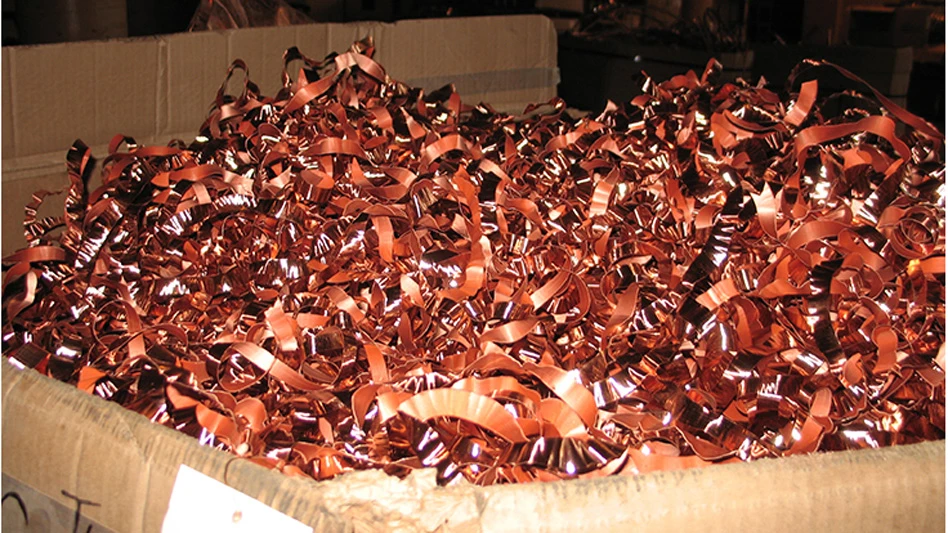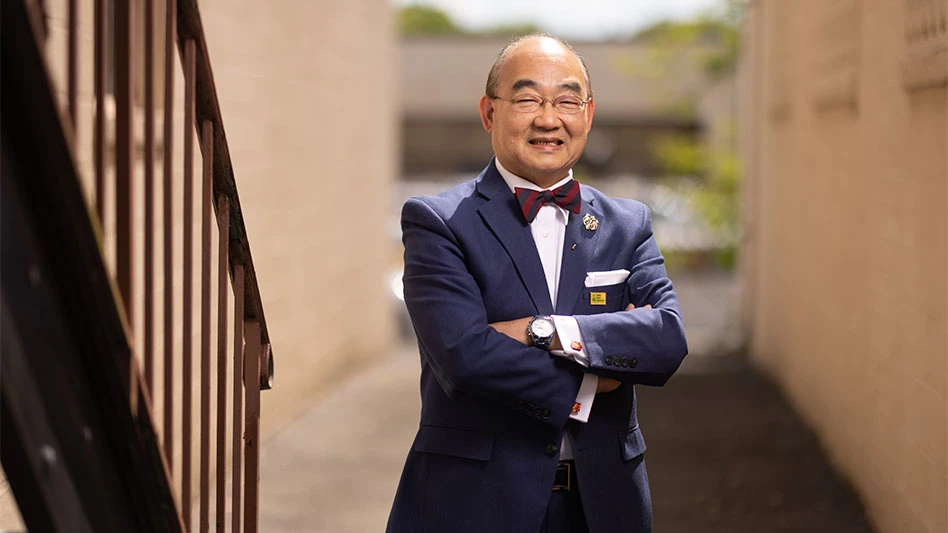A number of recovered plastics are enjoying robust demand, which is helping to keep prices trending upward. High-density polyethylene (HDPE) and polypropylene (PP) bales and repro, particularly, have benefited from tightness in virgin supply.
Natural and mixed-color HDPE bales have reached record-high prices this year. However, the tightness in the virgin market likely will be alleviated starting in the first quarter of next year.
Joel Morales, executive director of Polyolefins Americas at IHS Markit, who is based in Houston, says that since the winter storms in February of this year, planned and unplanned outages have continued to keep the supply of virgin HDPE for blow molding applications tight. Morales says more planned outages are coming in the fourth quarter.
However, new virgin HDPE capacity will come online in the next year that should improve the supply of virgin material and bring down pricing as well, he says. Morales mentions LyondellBasell’s La Porte, Texas, expansion, which started up in early 2020 but still is in the process of optimizing blow molding production. That plant should be able to support the market in 2022 with its 1.1 billion-pound-per-year capacity expansion. The Shell Pennsylvania Petrochemicals Complex in Monaca, Pennsylvania, also is due to come online in mid-2022, producing 1 million metric tons of HDPE resins with an emphasis on blow molding applications. (Click here for more on the dynamics shaping HDPE markets.)
“I think the corporations who have made commitments to use a percentage of recycled [content] by 2025 are getting their processes and feedstock in place for that. I think that pricing and demand will both remain strong through 2021.” – a reprocessor of postindustrial material with operations in the Southeast
Scott Saunders, general manager of KW Plastics, Troy, Alabama, an HDPE and PP reprocessor, says HDPE pricing was beginning to show signs of weakening in August as more wide-spec virgin HDPE became available.
“We do see that high density has hit a top and should start coming down, which will affect the colored market,” he says. “We don’t know yet how that will affect the natural market.”
Saunders continues, “We are hearing some comments from brand owners unhappy with the price premium on PCR (postconsumer recycled) versus virgin material as they have been getting cost pressures from all their other chemical and commodities suppliers.”

Availability of PP scrap is increasing, he says, and bale pricing has contracted a bit in response, but virgin supplies of this material seem to be tight.
A contact with a Southeast-based reprocessor of postindustrial scrap says, “Although we’ve seen a steady stream [of scrap], with a few shutdowns in the automotive industry due to lack of components, labor issues, etc., I would expect a slight decrease of incoming material through September with a bounce back in October.”
She adds that demand has been strong for her company’s recycled PP, HDPE, polyvinyl chloride, acrylonitrile butadiene styrene (ABS) and polycarbonate/ABS grades. “The demand for consumer goods as well as expansion of recycled-content commitments have remained high and strong all year. Every end-use customer we have can use more than we produce.”
When it comes to demand and pricing for recycled plastics, she says, “The trend for 2021 is upward. I think the corporations who have made commitments to use a percentage of recycled [content] by 2025 are getting their processes and feedstock in place for that. I think that pricing and demand will both remain strong through 2021.”

Explore the October 2021 Issue
Check out more from this issue and find your next story to read.
Latest from Recycling Today
- Nexwaste acquires 3 Texas businesses
- Maryland EPR bill awaits signature
- ABTC sells Fernley, Nevada, property
- Aqua Metals developing LFP recycling process
- RMR ceases shredding operations in Newport, Kentucky
- Bluewater streamlines solar panel replacement, recycling in Bermuda
- Steve Levetan to receive ReMA Lifetime Achievement Award
- ReMA, Germany’s VDM issue joint tariff statement





